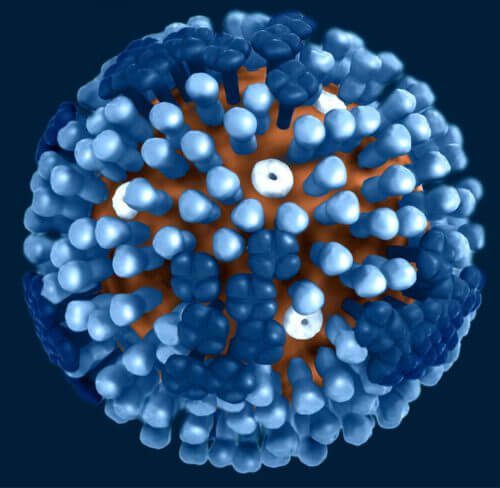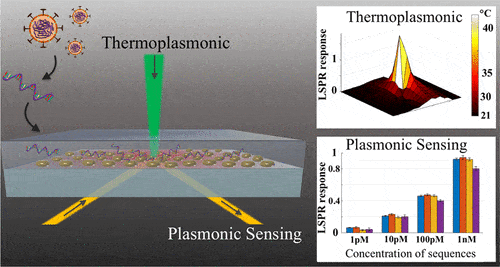Scientists report a 'concept feasibility' study in the scientific journal Nano in which they describe the development of a more accurate diagnostic test based on plasmonic photothermal sensing.

[Translation by Dr. Moshe Nachmani]
Millions of people have already been tested to detect the new corona virus, when most of them did so using a test kit that relies on the PCR (Polymerase Chain Reaction) method. This sensitive method increases the amount of RNA of the new virus (SARS-CoV-2) taken from throat or nose surfaces of subjects so that even tiny amounts of the virus can be detected.
At the same time, as the global epidemic continues to spread, this 'workhorse' in the laboratories is showing signs of wear and tear. Now, scientists report a 'feasibility of concept' study in the scientific journal Nano in which they describe the development of a more accurate diagnostic test based on plasmonic photothermal sensing. Medical experts agree that speeding up testing is a critical step in controlling the spread of the contagious virus. However, the rate and volume of testing in many countries, including the US, are seriously lagging behind, due to a limited supply of certain reagents and an accumulation of samples awaiting available PCR devices and skilled laboratory workers. In addition, many cases of 'false negative/false positive' test results have been reported. Other methods, such as a computed tomographic (CT) scan, do not provide fast or real-time results. The American researcher Jing Wang and the research team led by her succeeded in developing a faster and more accurate test to detect the presence of the corona virus, a test that could be a practical alternative to the PCR test.

The researchers based their test on a method called 'localized surface plasmon resonance', which is capable of detecting interactions between molecules located on the surface of a metallic nanostructure as a local change in the refractive index. The researchers developed a DNA detector that detects specific sequences of SARS-CoV-2 RNA and binds them to gold nanoparticles. When sections of the virus's genome are added, the RNA sections connected to the detectors bind to their complementary sections and simulate a situation similar to the closing of a zipper. The team used a laser to heat the nanoparticles so that it is more difficult to connect imperfect segments, thereby reducing false positive results. For example, a 'zipper' of nucleic acids that is missing a pair of acids - evidence of a structural mismatch - will not stay attached under these conditions. In this way, researchers will be able to differentiate between the two closely related strains of the coronavirus: SARS-CoV-2 versus SARS-CoV-1. The researchers' innovative biological assay was able to detect amounts of viral RNA present in mucous membranes within minutes. Although the effectiveness and reliability of the test still need to be tested in the context of real viral RNA taken from patient samples, the researchers say that it could reduce the current burden that exists in the framework of PCR-based tests.
The scientific article
Source of knowledge
More of the topic in Hayadan:

2 תגובות
The biggest contribution will be stopping globalization, and bowing to China. It is simply not possible that over 90% of the US drugs are produced in a hostile country.
The greatest contribution of the corona virus to the West is awareness of hand washing. The second contribution is the awareness in the West of the insufficient budgeting of the health system. And in the end, as in any standard war - also the technological developments. From fast and efficient methods for virus detection to zoom